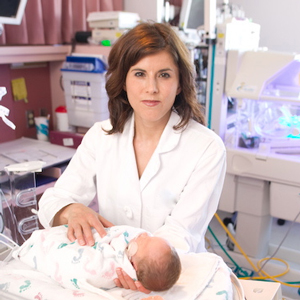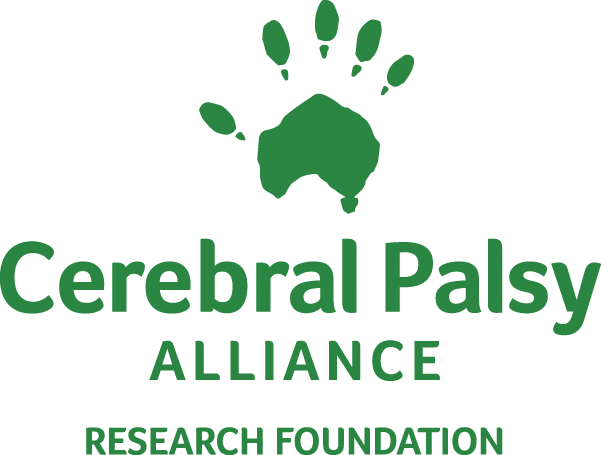These grants are selected on scientific merit by reviewers from around the world. CPARF grant payments typically begin in the calendar year after the grant round, so a grant made in the 2014 round began funding in 2015 and so on.
Thanks to your support, we can continue to fund the best and brightest US-based researchers to change what’s possible for cerebral palsy.

Associate Professor Anna Penn
Children’s National Medical Center, Washington DC
Grant 2014
Protection and repair of preterm cerebellum by allopregnanolone
This project combines clinical and scientific research aimed at developing new evidence-based strategies to prevent brain injury leading to cerebral palsy (CP) in premature infants.

Associate Professor Deborah Thorpe
The University of North Carolina
Grant 2014
Testing novel measures of community function and participation in adults with cerebral palsy
This project investigates the relationship between GPS measures of community integration, accessibility, and function for adults with CP in Australia and the US. Participants will use accelerometers to measure activity intensity and GPS trackers to capture amount of time away from home, distance travelled, and locations visited for seven days. GIS technology will integrate GPS travel data to create maps of activity locations. Qualitative interviews will assess the importance of and experience of activities and barriers to integration for adults with CP.

Associate Professor Hannah Glass
The University of California, San Francisco
Grant 2014
Improving Early Identification of CP in Term Neonates Using Magnetic Resonance Imaging and General Movements Assessment
Cerebral palsy (CP) can be identified and treated early in infancy, however the diagnosis is usually not made until late in the 2nd year of life. The aim of this proposal is to determine the accuracy of MRI and the General Movements Assessment for early identification of CP, as well as pattern and severity of disability among high risk term infants. Early identification will allow implementation of interventional therapies at a time of high brain plasticity, and alter the developmental trajectory.
Dr. An Massaro
Children’s National Medical Center, Washington, D.C.
Grant 2013
This study will look at identifying biomarkers of brain injury and inflammation in perinatal hypoxic ischemic encephalopathy.
Dr. Alexander Hoon
John Hopkins University, Baltimore, Maryland
Grant 2013
Quantitative Mapping of the Basal Ganglia and Related Structure In Children with Dyskinetic Cerebral Palsy.
Professor Nigel Paneth
Michigan State University
Grant 2013
This award will help Nigel with his ongoing investigations of the differences in gene expression in blood shortly after birth between children later diagnosed with cerebral palsy and children without cerebral palsy.

Dr. Yvonne Wu
The Regents of The University Of California, on behalf of its San Francisco campus
Grant 2012
Neonatal Erythropoietin and therapeutic Hypothermia – 2 (NEAT 2).

Dr. Henry Chambers
The Regents of the University of California, San Diego
Grant 2009
One World CP Website development
A website devoted to linking professional organizations and their members, epidemiologists and grassroot organisations to improve communication and foster cooperation in research and effect policy and funding changes in countries throughout the world.

Dr. Yvonne Wu
The Regents of The University Of California, on behalf of its San Francisco campus
Grant 2009
Genetic basis of cerebral palsy in term and near term infants
Associate Professor Yvonne Wu and colleagues from the University of California, San Francisco are examining the genetic makeup of a large group of children with cerebral palsy. They will choose 12 genes which seem to be important in causing inflammation and problems with blood clotting, and see whether they are associated with cerebral palsy.
They will perform a detailed analysis of a gene known as the interleukin-6 gene, which research suggests might be important in the development of cerebral palsy and try to match particular brain abnormalities, as seen in CT scans and MRIs, and with particular genetic traits.

